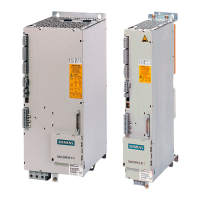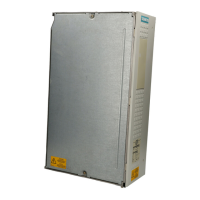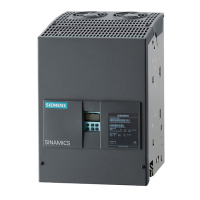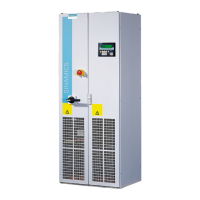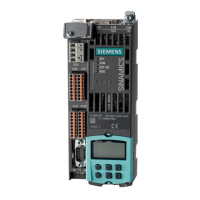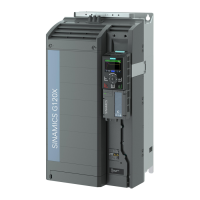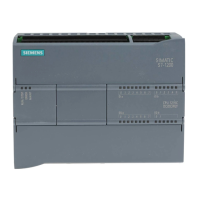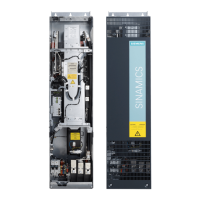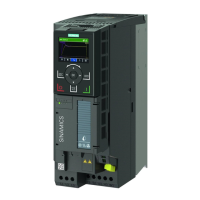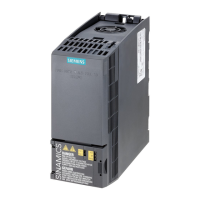6
05.01
6.6 DC link options
6-194
Siemens AG 2001 All rights reserved
SIMODRIVE 611 Planning Guide (PJU) – 05.01 Edition
Possible buffer time t
Ü
is calculated as follows with the output DC link power
P
DC
link
:
t
Ü
= w / P
DC
link
Dynamic energy
The DC link capacitors can be seen as battery. The capacitor module increases
the capacitance and the energy storage capability.
The energy flow must be determined in order to evaluate the capacitance
required for a special requirement.
The energy flow depends on the following:
S All moved masses and moments of inertia
S Velocity, speed (or its change, acceleration, deceleration)
S Efficiencies: Mechanical system, gearboxes, motor, inverter (motoring/
braking)
S Buffer time, buffering
S DC link voltage and the permissible change, output value, upper/lower
value.
Often, in practice, there is no precise data regarding the mechanical system.
If the mechanical system data was determined by making approximate calcula-
tions or estimated values, the adequate capacitance of the DC link capacitors
can only be determined by making the appropriate tests when the system is
commissioned.
The energy required for dynamic operations is obtained as follows:
The following applies when a drive brakes or accelerates from one speed/
velocity to another within time t
V
:
w = ½ x P x t
V
For rotating drives with
P = ––––––––––––––––––––––––– x η
G
M
Mot
x (n
Mot
max
–
n
Mot
min
)
9 550
For linear drives with
P= F
Mot
x (V
Mot
max
– V
Mot
min
) x 10
–3
x η
G
with η
G:
Braking η
G=
η
M
x
η
WR
Acceleration η
G
=
1/(η
M
x
η
WR
)
w [Ws] Energy
P [kW] Motor output
t
V
[s] Duration of the operation
M
Mot
[Nm] Max. motor torque when either accelerating or braking
F
Mot
[N] Max. motor force when either braking or accelerating
n
Mot
max
[RPM] Max. speed at the start or end of the operation
6 Infeed Modules
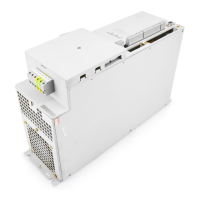
